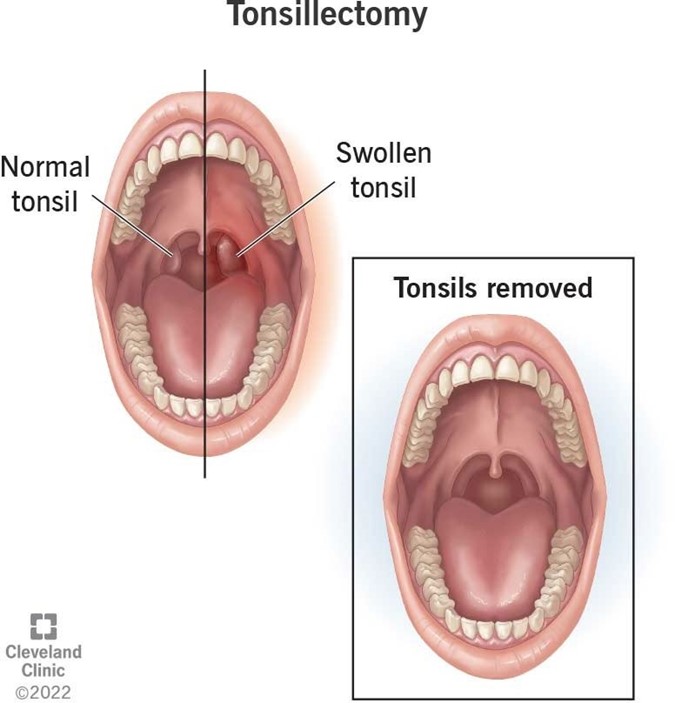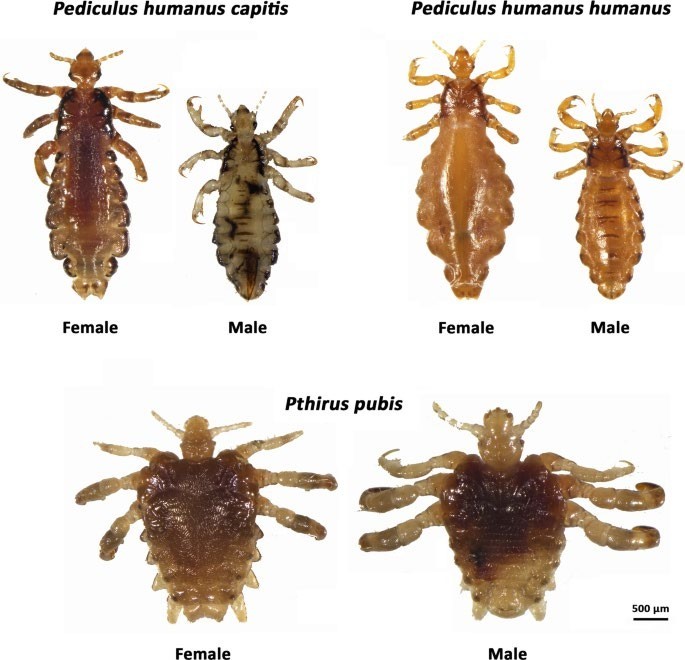A nurse is preparing to administer vaccines to a 1-year-old child. Which of the following vaccines should the nurse give? (Select two)
Measles, mumps, rubella (MMR)
Rotavirus (RV)
Human papillomavirus (HPV4)
Varicella (VAR)
Diphtheria, tetanus and acellular pertussis (DTaP)
Correct Answer : A,D
The correct answer is a. Measles, mumps, rubella (MMR) and d. Varicella (VAR).
Choice A reason:
Measles, mumps, rubella (MMR): The MMR vaccine is recommended for children at 12-15 months of age. It protects against three serious diseases: measles, mumps, and rubella. The first dose is typically given at 12-15 months, with a second dose at 4-6 years. Measles can cause severe complications such as pneumonia and encephalitis. Mumps can lead to meningitis and hearing loss, while rubella can cause congenital rubella syndrome in pregnant women. Administering the MMR vaccine at the recommended age ensures that the child is protected from these potentially severe diseases.
Choice B reason:
Rotavirus (RV): This vaccine is given to infants at 2, 4, and possibly 6 months of age. It is not typically administered to a 1-year-old child as the series should be completed by 8 months. Rotavirus is a leading cause of severe diarrhea and dehydration in infants and young children. The vaccine is given orally and is highly effective in preventing rotavirus gastroenteritis. However, since the vaccine series is completed by 8 months, it is not appropriate for a 1-year-old child.
Choice C reason:
Human papillomavirus (HPV4): The HPV vaccine is recommended starting at 11-12 years of age. It is not suitable for a 1-year-old child. HPV is a common virus that can lead to certain types of cancers, including cervical cancer. The vaccine is most effective when given before exposure to HPV, which is why it is recommended for preteens. Administering the HPV vaccine to a 1-year-old would not be appropriate as it is not within the recommended age range.
Choice D reason:
Varicella (VAR): The VAR vaccine is recommended for children at 12-15 months of age to protect against chickenpox. A second dose is given at 4-6 years. Chickenpox can cause an itchy rash, fever, and tiredness. In some cases, it can lead to severe skin infections, pneumonia, and encephalitis. Vaccinating at the recommended age ensures that the child is protected from these complications. The first dose at 12-15 months is crucial for building immunity against the varicella virus.
Choice E reason:
Diphtheria, tetanus and acellular pertussis (DTaP): The DTaP vaccine is given in a series of five doses at 2, 4, 6, 15-18 months, and 4-6 years. The 4th dose is given at 15-18 months, not at 1 year. DTaP protects against three serious diseases: diphtheria, which can cause breathing problems and heart failure; tetanus, which causes painful muscle stiffness; and pertussis (whooping cough), which can lead to severe coughing spells and pneumonia. The timing of the doses is crucial for ensuring effective immunity, and the 1-year mark is not one of the recommended times for the DTaP vaccine.
Nursing Test Bank
Naxlex Comprehensive Predictor Exams
Related Questions
Correct Answer is B
Explanation
Choice A: Cranberry juice is not a suitable fluid item to offer the child at this time, as it is acidic and can irritate the throat and cause pain or bleeding. Cranberry juice can also stain the surgical site and make it difficult to assess for signs of hemorrhage.
Choice B: Crushed ice is a suitable fluid item to offer the child at this time, as it is cold and can soothe the throat and
reduce swelling or inflammation. Crushed ice can also hydrate the child and prevent dehydration.
Choice C: Orange juice is not a suitable fluid item to offer the child at this time, as it is acidic and can irritate the throat and cause pain or bleeding. Orange juice can also interfere with the clotting process and increase the risk of hemorrhage.
Choice D: A strawberry milkshake is not a suitable fluid item to offer the child at this time, as it contains dairy products and can increase mucus production and cause coughing or gagging. A strawberry milkshake can also stain the surgical site and make it difficult to assess for signs of hemorrhage.

Correct Answer is A
Explanation
Choice A: This statement indicates an understanding of the teaching, as washing all recently used clothing, bedding, and towels in hot water can help eliminate lice and nits (eggs). Lice and nits can survive on fabrics for up to two days and can spread from one person to another through direct or indirect contact. Washing items in hot water can kill lice and nits by exposing them to high temperatures.
Choice B: This statement indicates a lack of understanding of the teaching, as nits will not always be present after treatment. Nits are tiny white or yellow oval-shaped eggs that are attached to the hair shaft near the scalp. Nits can hatch into nymphs (young lice) within seven to ten days and mature into adult lice within nine to twelve days. Nits can be removed by using a fine-toothed comb or by applying products that loosen their grip on the hair.
Choice C: This statement indicates a lack of understanding of the teaching, as treating all family members may not be necessary or effective. Treating all family members can expose them to unnecessary chemicals or medications that may have side effects or cause resistance. Treating all family members may also not prevent reinfestation if there are other sources of exposure such as school or daycare. Only family members who have evidence of lice or nits should be treated.
Choice D: This statement indicates a lack of understanding of the teaching, as throwing out toys that can't be dry cleaned or washed may not be required or practical. Throwing out toys can cause emotional distress or financial burden for the child or the parents. Throwing out toys may also not prevent reinfestation if there are other sources of exposure such as clothing or bedding. Toys that can't be dry cleaned or washed can be sealed in plastic bags for two weeks to suffocate the lice and nits.

Whether you are a student looking to ace your exams or a practicing nurse seeking to enhance your expertise , our nursing education contents will empower you with the confidence and competence to make a difference in the lives of patients and become a respected leader in the healthcare field.
Visit Naxlex, invest in your future and unlock endless possibilities with our unparalleled nursing education contents today
Report Wrong Answer on the Current Question
Do you disagree with the answer? If yes, what is your expected answer? Explain.
Kindly be descriptive with the issue you are facing.
